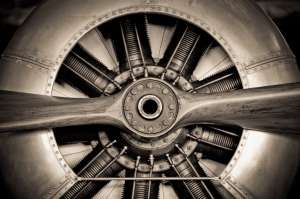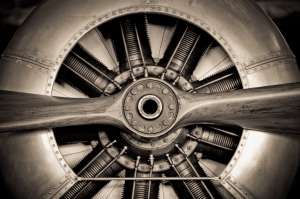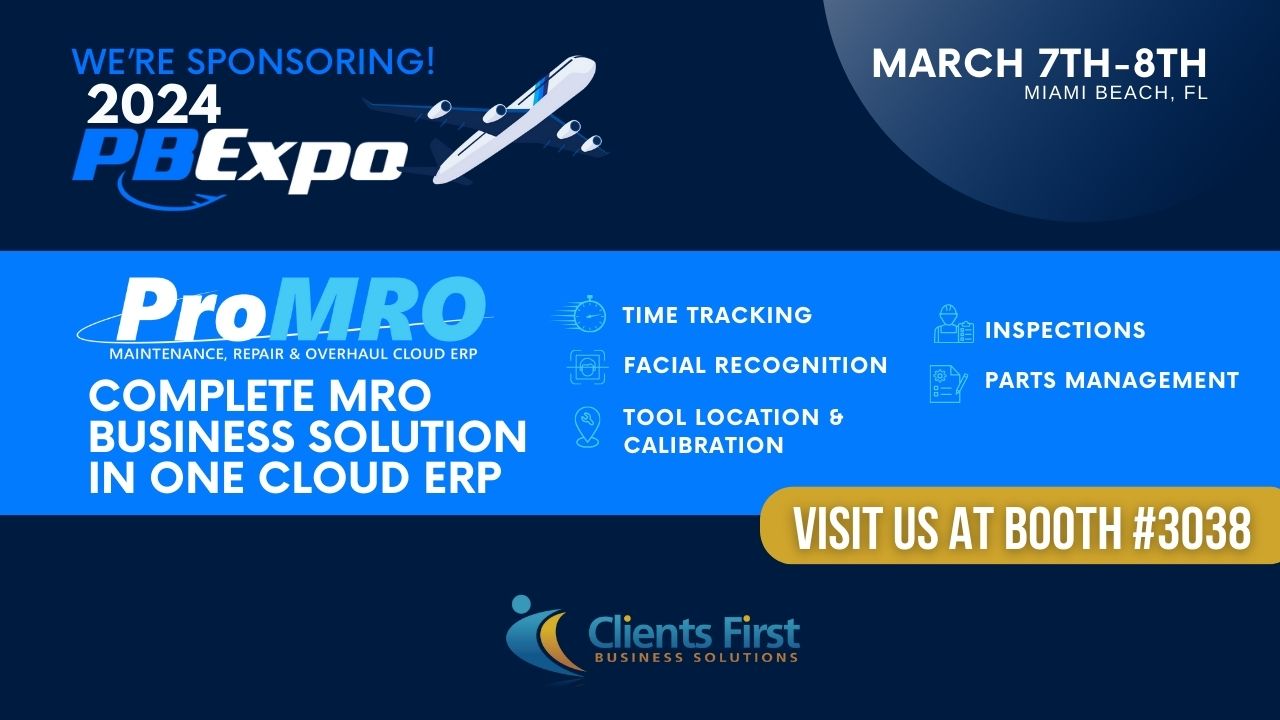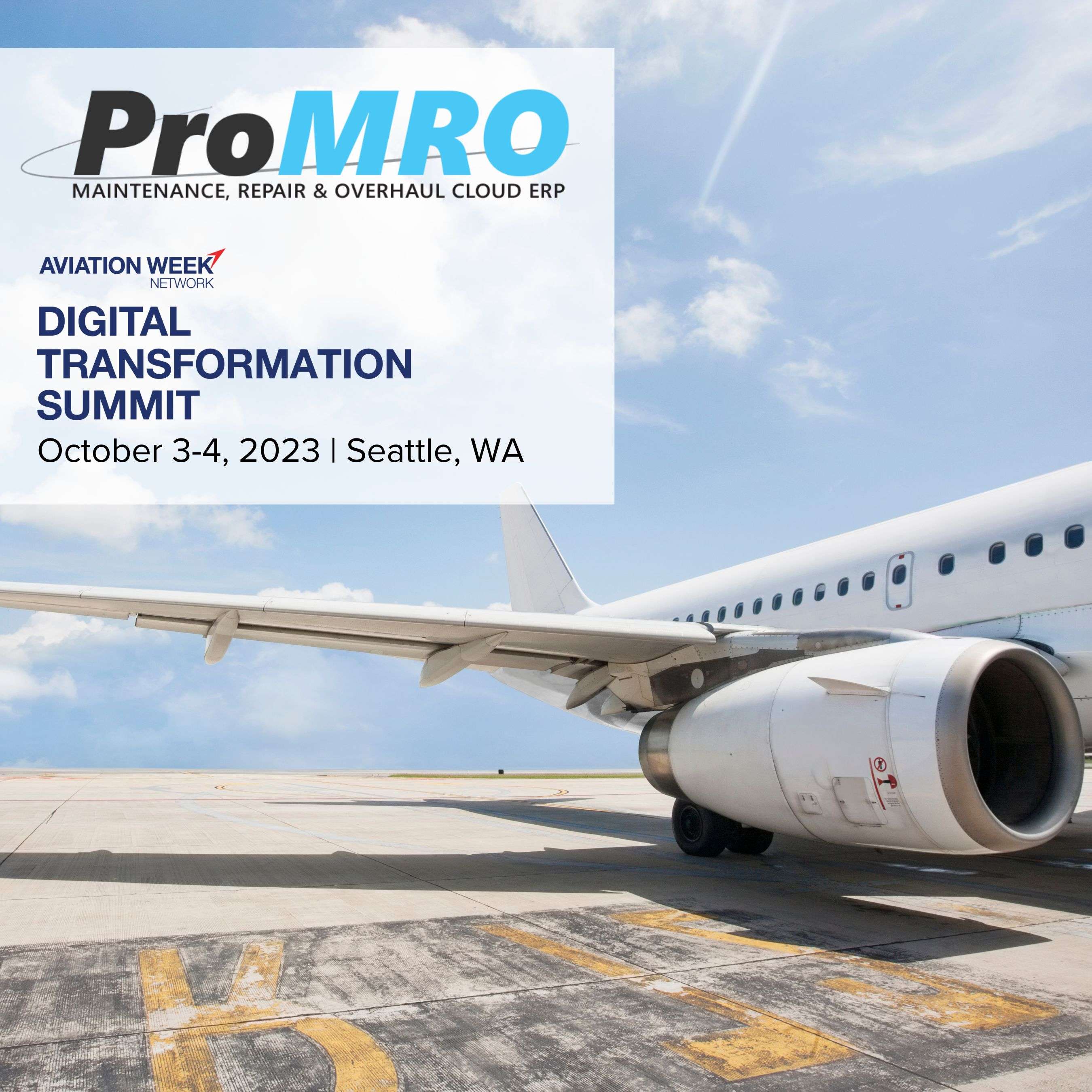Airlines are taking major steps forward in controlling how maintenance information is provided and tracked. Recent technological advancements in MRO software has led many airlines to invest in implementation.
Airlines are looking for advanced IT solutions for maintenance planning, e-enabled aircraft, e-signatures and document management. As more airlines demand for specialist technology software, enterprise resource planning (ERP) vendors are improving their solutions and making them more industry specific.
New and updated IT solutions are available in the market, each designed to help airlines, MROs and operators use and manage their resources better. The solutions help to lower costs, increase efficiency, ensure regulatory compliance and provide more operations-friendly scheduling of maintenance and repairs. The overall goal is to provide a better user experience and improve revenues.
Airlines usually choose priorities based on their maintenance strategy, operations, fleet and existing IT capability. According to SITA, most airlines investing in business intelligence (BI) place engineering and maintenance as their highest priority. However, BI is just one of the areas where airlines have the potential to cut costs with IT.
Benefits of Aviation ERP and MRO Systems
For most airlines, the main justification for a MRO ERP system is the need for a system with better capabilities. For instance, an airline planning to undertake more heavy maintenance within its own facilities would need a system that goes beyond the capabilities of the existing MRO. The new system should not only be able to forecast in the same way as the existing system, but also work within more constraints and with greater resources.
Some of the benefits of implementing a MRO ERP system include:
-
Dynamics Aircraft/Component Configuration Management
ERP can facilitate the creation of various configuration structures depending on the customer’s requirements. With a flexible ERP system, the records management team can define variation in customer configuration structures. Some ERPs also facilitate the management of customer specific alternate part lists.
-
Availability of Solution on Tablets
One of the key success factors to reducing revenue leakage is capturing costs related data during cycle/shop floor. Some MRO ERP systems facilitate time recording and consumption reporting using tablets at the place of execution. This type of data collection simplifies work management and reduces data consumption costs.
-
Dynamics Task Card Management
MRO systems enable users to maintain operator specific task cards. With this feature, an airline is sure of adhering to maintenance compliance procedures as required on the operator’s procedural manual. Moreover, the systems also facilitate authorizing of generic repair/task procedures by MRO service providers.
-
TAT Management
For any MRO service provider, penalties due to violation of TAT are a great concern. A good MRO should effectively track all wait times and facilitate service providers to take corrective actions. Through complex algorithms, the system can eliminate all wait times attributed to a customer. Some systems have various alert mechanisms for preempting TAT violations.
-
Increased Productivity through Smart Cards and Bar Codes
Most operational reports are bar coded, thereby improving an airline’s workflow and reducing the need to type data in the system. This feature makes MROs user friendly. The use of smart cards for some functions also reduces the manual work or need for maintaining paper documents.
-
Support to Pooled Inventory & Part Exchange Concepts
Among the key requirements of MRO ERP operations are part exchanges. An effective part exchange process should enable service providers meet the TAT deadlines they promise customers. A suitable MRO system should track ownership switches in inventory and on shop floor. Moreover, the system should support part exchanges for meeting promised TAT reports.
-
PMA Parts Management
Most airline operators are opting for PMA parts to cut on costs. However, some airlines still do not accept use of PMA parts on their fleet. MRO providers have to maintain stock of OEM as well as PMA parts. An MRO solution can facilitate management of PMA parts by allowing users to define effective controls. Depending on the contractual terms with the operator, the system will either prevent the use of PMA parts or route the requests for further approval.
Having a good MRO ERP system is essential to ensure the accuracy and quality of financial, accounting, parts and other operational controls.







